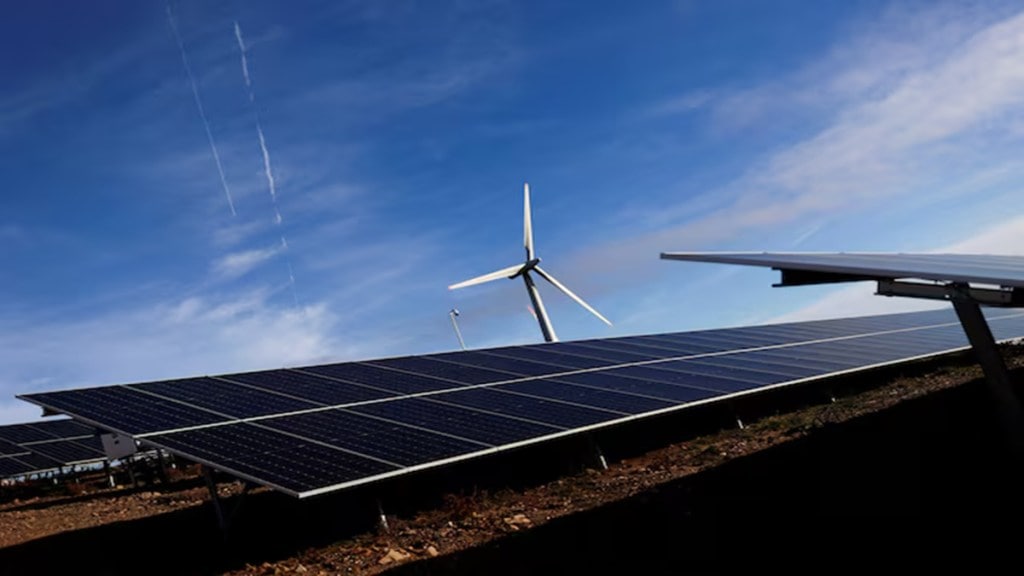India’s solar capacity addition is expected to go up to 85-90 gigawatt (GW) for FY26 and FY 27 combined, with residential rooftop solar driving the expansion, as per a latest report by SBI Caps. Driven by resilient demand, the capacity addition is likely to double to 30 GW in the current fiscal year 2024-25.
“Realisation of our projections hinges on moderate PPA-PSA (power purchase agreement-power sale agreement) gap reduction, PM-Suryaghar Muft Bijlee Yojana completion by FY28, and enhanced RPO (Renewable Purchase Obligation) compliance,” the report said. Land constraints, Approved List of Cell Manufacturers implementation, and restrictive state net metering policies pose downside risks, the report added. “Conversely, timely schemes (especially PM-KUSUM) and project execution could further augment demand.”
Given the government’s mandate of Approved List of Modules and Manufacturers for solar modules, the firm expects around 90 GW of demand for ALMM modules to be fulfilled using domestic capacities by FY27 against the current demand of 70 GW, with the remainder, consisting largely of C&I (commercial and industrial) captive lapping up cheaper imports. The annual solar module demand is forecast at 100 GW.
“Despite the integration factor (cell/module capacity ratio) likely improving from 32% to 65%, more than half of India’s cell requirements will continue to be imported in FY27, even if all capacities promised come on board,” said the report.
The government last year came out with an ALMM list for solar cells similar to that for solar modules and aims to implement it starting June 1, 2026.
“DCR (Domestic Content Requirement) module prices will maintain a premium due to PM-SGMBY-driven demand exceeding cell capacity additions and escalating regulatory stringency on DCR,” the report said.
Additionally, as cell production expands in line with the government’s target of increasing domestic capacity, wafer and ingot manufacturing emerge as the next strategic imperative, the firm believes, with the government expected to allocate $1 billion in incentives to foster domestic ecosystem development.
Imported modules from China and Southeast Asian countries continue to be used in applications such as captive C&I and off-grid applications due to significant price differential. Chinese modules cost $0.08/Wp (Watt-Peak ) against $0.17/Wp for Indian modules made using Chinese cells.
For India, the US remains the dominant export destination. “This is because the USA’s domestic capacity and production costs are unattractive compared to China, India, and SEA due to high labour and electricity costs. For exporters from India, the significant premium for PV modules in the US market makes it the best destination,” SBI Caps said.
Analysts believe that focusing on the US market can benefit the Indian PV manufacturing ecosystem enabling manufacturers to attain economies of scale, ultimately enhancing their product quality and competitiveness.

